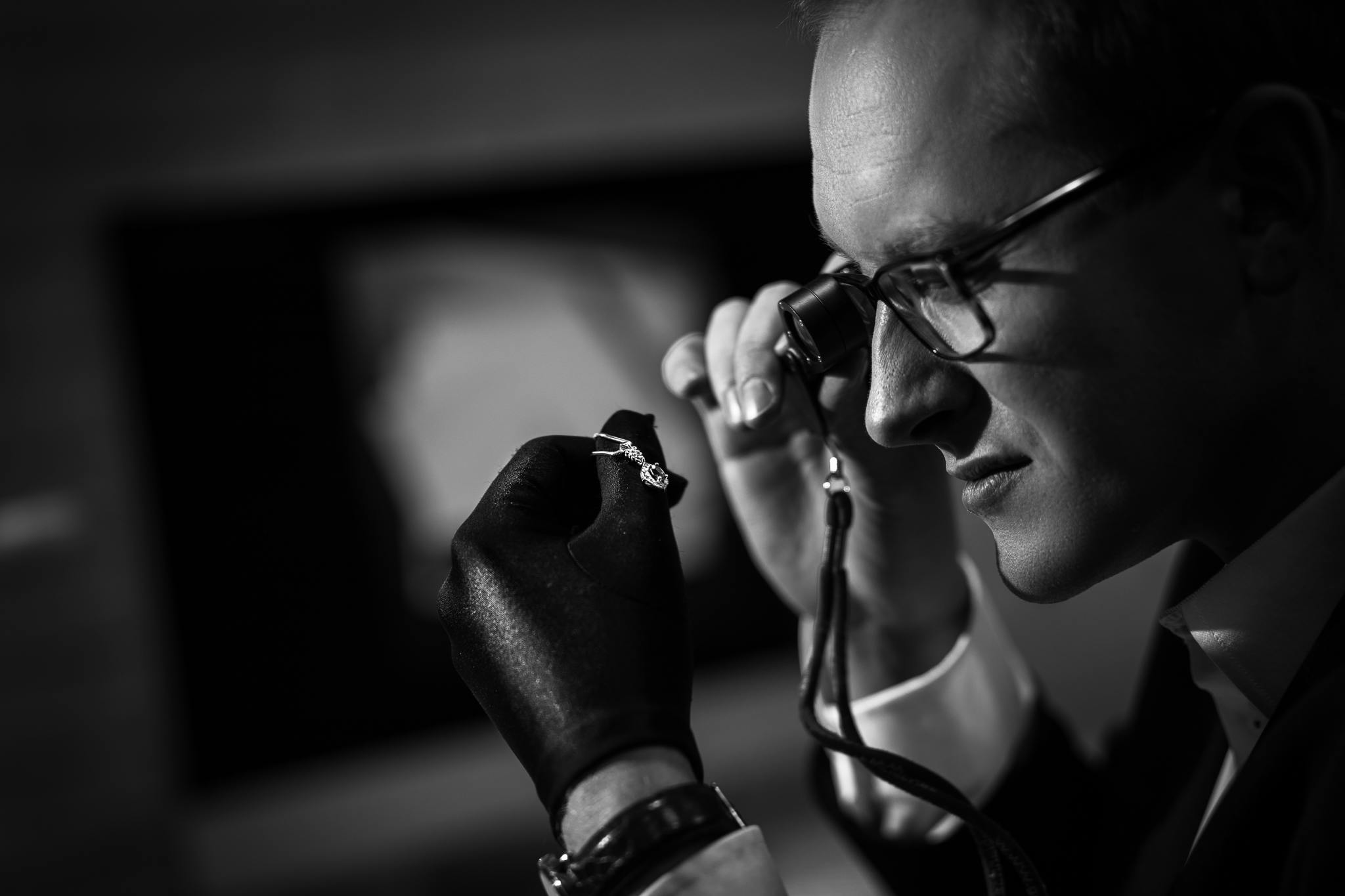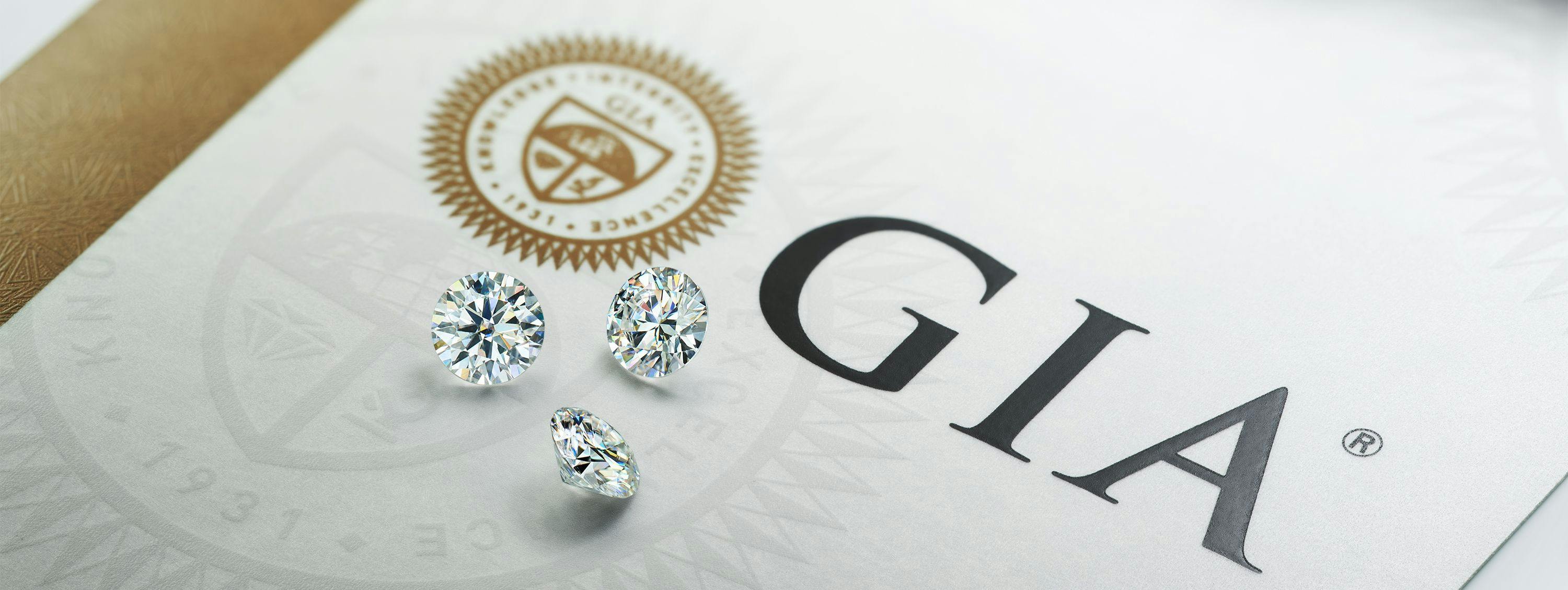Diamond is a relatively rare mineral that is a solid form of carbon. Its name refers to the unique property of the mineral, which is its hardness, and literally means "invincible" or "indestructible. This makes perfect sense: diamond is the hardest substance known in nature. The diamond was especially valued for its properties in ancient India; it was used for religious purposes and in engraving tools. It is currently used in industry for cutting hard materials. However, most commonly, this mineral is known for being used in engagement rings in the 20th century. It has since become synonymous with successful engagements and luxury.
A rough diamond usually forms small crystals in the form of an octahedron or a cube. If the mineral is of high purity and the right size, it can be grinded into shape and used for jewellery. This multi-step process requires a great deal of experience, skill, and specialized equipment. The aim is to sand the gem to create the correct angles and proportions, so as to optimize the reflection and dispersion of white light with the least possible weight loss of the finished product. The reduction in weight caused by grinding can be as much as 50%, relative to the raw crystal. There are several typical diamond cuts, such as: brilliant, princess, emerald, asscher, marquise, radiant, pear, heart, and pillow. As you can see in the diagram below, each cut has its own unique proportions.

The selection of the shape depends not only on the physical conditions of the crystal, but also on the final purpose of the cut diamond. Sometimes a stone is needed for a given product with a specific mass, shape and light reflection. All these factors influence the grinding process.
The most popular cut is the brilliant cut, which, thanks to the appropriate number of planes and proportions, gives a unique brilliance. The polished stone has a cone shape, in which incoming light maintains a high reflectivity.
The brilliant cut was originally developed by Marcel Tolkowski in 1919. Its modified, modern form contains 58 facets forming two pyramids folded together by their bases. The crown of the stone has 33 planes, and the base 25.
How does this answer the question in the title of the article? Not every diamond is a brilliant- many have a beautiful and different cut, for example a radiant or an Asscher cut. However, coloured diamond-cut stones are not called diamonds. This term is reserved exclusively for round or oval cut diamonds having the 58 faces mentioned above.
